The Future OF Revolutionizing Spaces Interior Design Artificial Intelligence
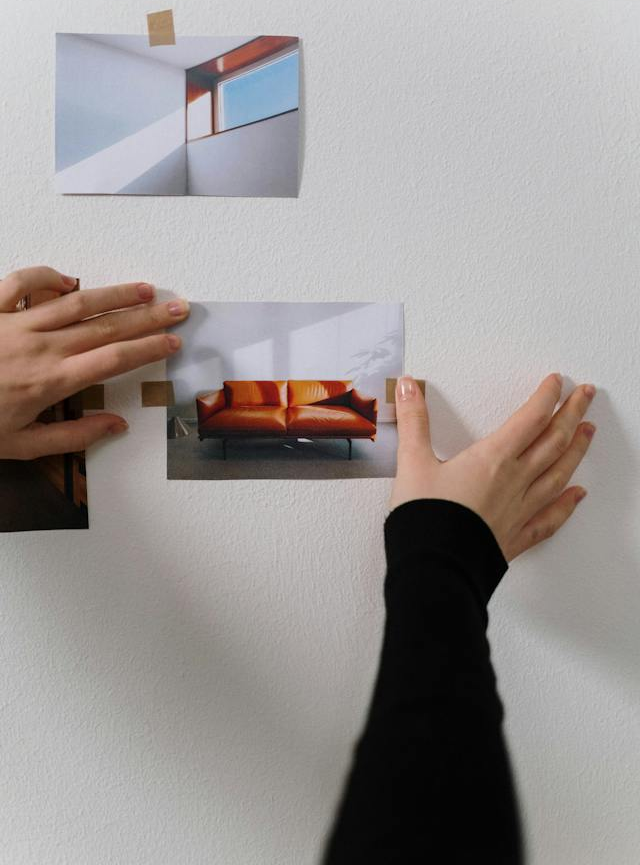
Introduction: What Is Artificial Intelligence
Artificial Intelligence (AI) is revolutionizing Interior Design—an innovative field and game-changer in computer science. It aims to create machines with human-like cognitive functions, transforming how we approach learning, reasoning, problem-solving, perception, and language understanding. Unlike traditional programs, AI systems in Interior Design utilize advanced algorithms and extensive datasets, adapting and enhancing their performance over time.
The goal is to simulate human intelligence, allowing machines to make informed decisions, learn from experiences, and tackle complex problem-solving tasks. This rapidly evolving field finds applications in diverse industries, including healthcare, finance, entertainment, and, as discussed in this blog, interior design.
The Current State of Interior Design
Traditional Approaches
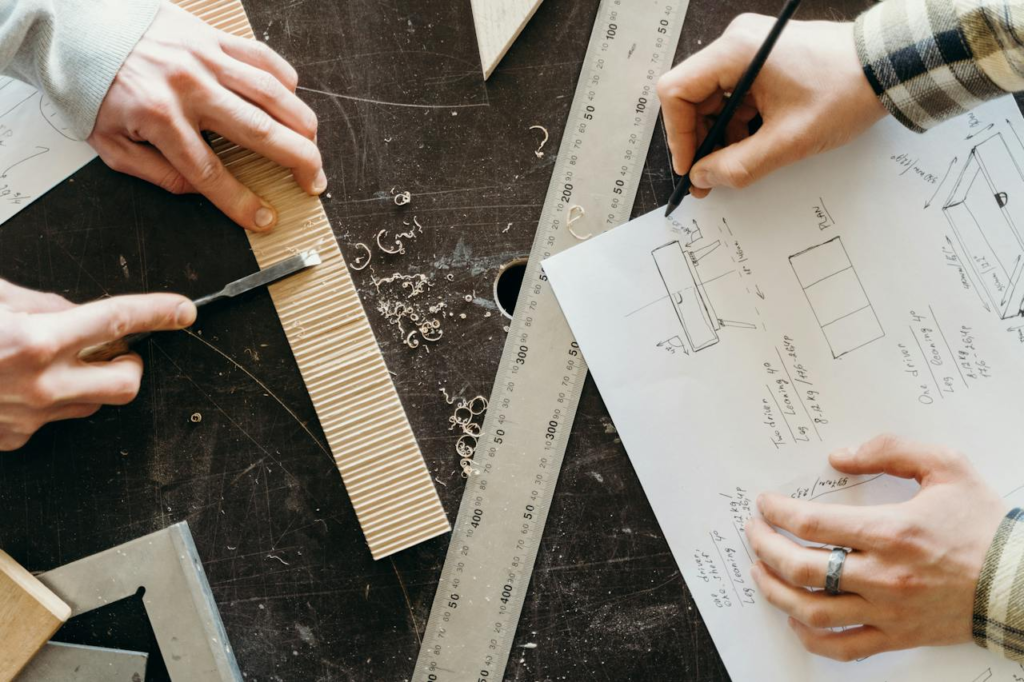
In the current state of interior design, traditional approaches still hold significance as foundational principles for room design. These methods often involve hands-on, manual techniques and craftsmanship. While tech has permeated the industry, traditional approaches maintain their appeal for their timeless aesthetic, attention to detail, and the authenticity they bring to ai interior design with elements. Many designers continue to draw inspiration from classical design styles themselves, blending traditional and modern design elements together to create spaces that seamlessly integrate the best of both worlds.
Limitations and Challenges
Despite the evolution and integration of tech into interior design, certain limitations and challenges persist, affecting both the interior design inspiration, process and outcomes.

Manual Processes
Traditional manual processes, although valued for their craftsmanship in creating floor plan and styke, can be time-consuming and may limit the quality and speed at which designers can produce and present concepts. Hand-drawn sketches and physical models, while offering a personal touch, might not keep pace with the demands for quick iterations and rapid prototyping in contemporary design practices.
Design Iterations
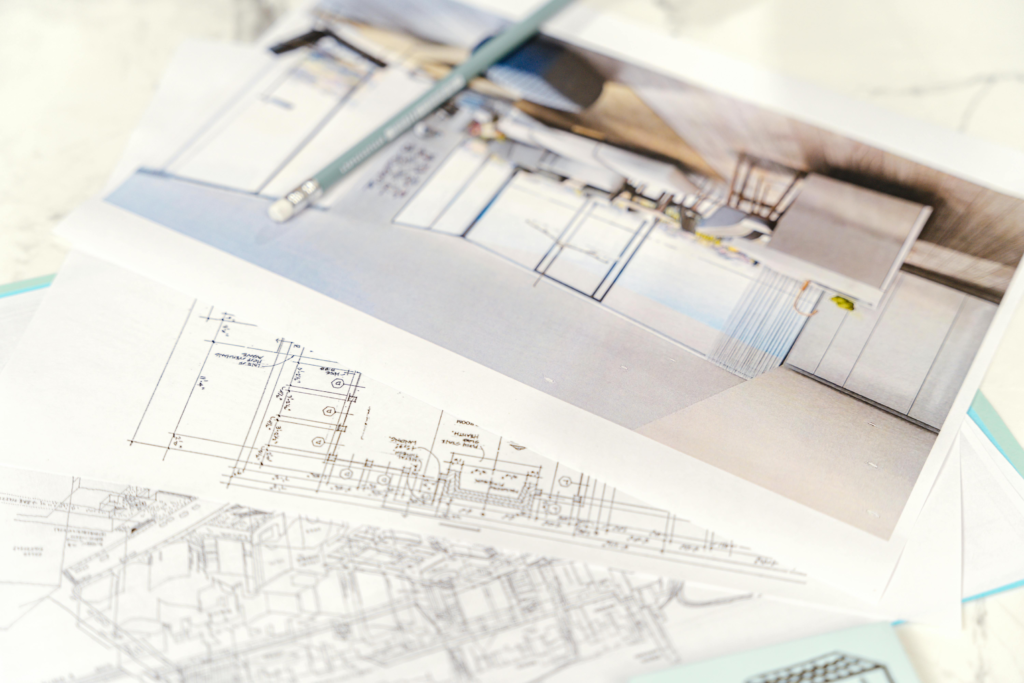
The iterative nature of design, a crucial aspect of achieving client satisfaction, can be hindered by manual processes. The time and effort required for multiple design iterations may result in prolonged project timelines and increased costs.
Designers often grapple with the challenge of balancing the meticulous craftsmanship associated with traditional style ideas and approaches against the need for efficiency in delivering projects within modern timelines. As the industry navigates these challenges, there is an ongoing exploration of ways to blend traditional artistry and materials with technological tools to optimize the space design process.
The Impact of Artificial Intelligence Technology on Interior Design and Interior Designers
Key Technologies Shaping AI Design
The landscape of AI design is shaped by several key technologies that have become instrumental in transforming the way designers approach their work. These ai powered technologies not only enhance efficiency but also open up new possibilities for creativity and innovation for professional designers. Here are three key technologies shaping AI design:
Machine Learning
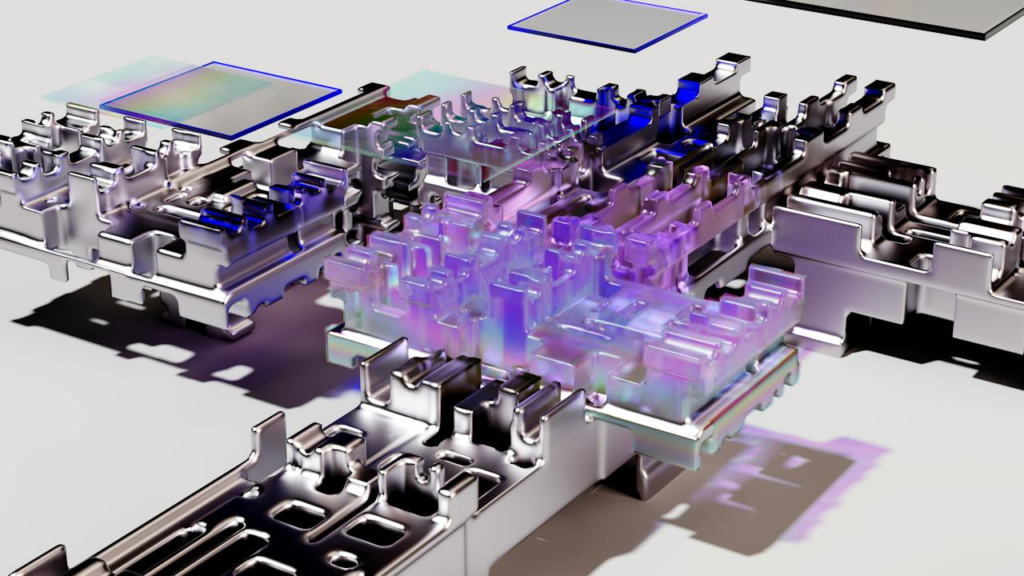
The landscape of AI design is shaped by several key technologies that have become instrumental in transforming the way designers approach their work. These technologies not only enhance efficiency but also open up new possibilities for creativity and innovation. Here are three key technologies shaping AI design:
Computer Vision
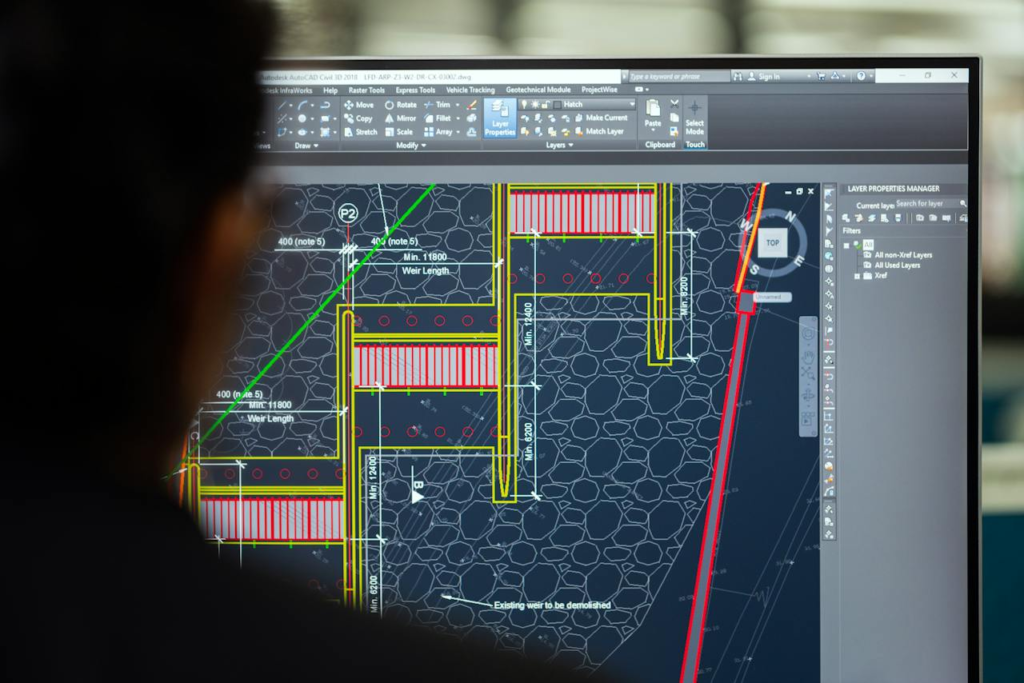
computer vision on interior design
Computer vision empowers AI systems to interpret and understand visual information, a critical capability in the realm of design. In AI design applications, computer vision is used for image recognition, object detection, and even understanding spatial relationships. Designers can leverage computer vision to analyze images, extract relevant information from with upload images, and enhance the visual aspects of their projects. This technology is particularly ai interior design, useful in tasks such as specific furniture pieces placement, and color palette matching, augmented reality visualization and style recognition.
Natural Language Processing
Natural Language Processing (NLP) enables communication between humans and computers through language. In AI design, NLP interprets and generates human-like text, allowing designers to engage with AI systems intuitively. This technology is valuable for generating design descriptions, understanding user preferences expressed in natural language, and facilitating seamless communication between designers and AI-driven tools.
These distinctive features, combined with other key technologies, advance AI in design, empowering professional designers with powerful tools to streamline processes, gain insights, and push the boundaries of creative expression.
AI in Action – Real-world Examples of AI-Infused Interior Design
Collaboration Between AI and Designers
The collaboration between AI and designers is reshaping the creative process, with AI acting as a powerful tool to augment human creativity. AI algorithms can analyze vast datasets, providing designers with valuable insights into emerging trends, material preferences, materials, and innovative design concepts. By automating routine tasks, designers can save time and focus more on ideation, experimentation, and pushing the boundaries of their creative vision.
Challenges and Ethical Considerations
Privacy and Data Security
As AI becomes more integrated into the design process, preserving privacy and data security becomes paramount. Designers must navigate the ethical use of user data, ensuring that personal information is handled responsibly and transparently. Implementing robust security measures is crucial to safeguarding sensitive design-related data.
Maintaining a Human Touch in Design
Human Interior Designer
The challenge lies in striking a balance between the efficiency of AI and the human touch essential in design. Designers must grapple with ethical considerations, ensuring that the designs created through the use of AI aligns with human values, cultural nuances, and societal expectations. Maintaining empathy, emotional resonance in ai interior design, and the subjective elements of design is critical in preventing an overreliance on technology.
The Future Landscape of Interior Design
Emerging Trends
The future of interior design will witness the rise of new style trends influenced by AI, including increased personalization, sustainable practices, and a seamless integration of technology into everyday living spaces. Designers will be free to explore innovative materials, shapes, and spatial configurations, driven by the capabilities of AI-driven design tools.
Anticipated Technological Advancements
Anticipated technological advancements include more advanced AI algorithms, virtual reality experiences, and AI-generated design suggestions. These tools will empower designers to create immersive, interactive presentations allowing clients and generate design concepts that align even more closely with individual design preferences.
Industry Adaptation and Evolution
commercial interior design bar
The interior design industry isadapting to the transformative impact of AI, with design professionals now embracing new tools and methodologies. Design firms are integrating AI into their workflows, and educational programs are evolving to equip interior designers with with the skills needed to collaborate effectively with AI systems.
Conclusion
As AI and design continue to converge, the transformative journey ahead holds promise for enhanced creativity, quality, efficiency, and personalized design solutions. By navigating challenges ethically and staying attuned to emerging trends, the collaboration between AI and designers is poised to redefine the future landscape of interior design, ensuring a harmonious balance between technology and human ingenuity.





